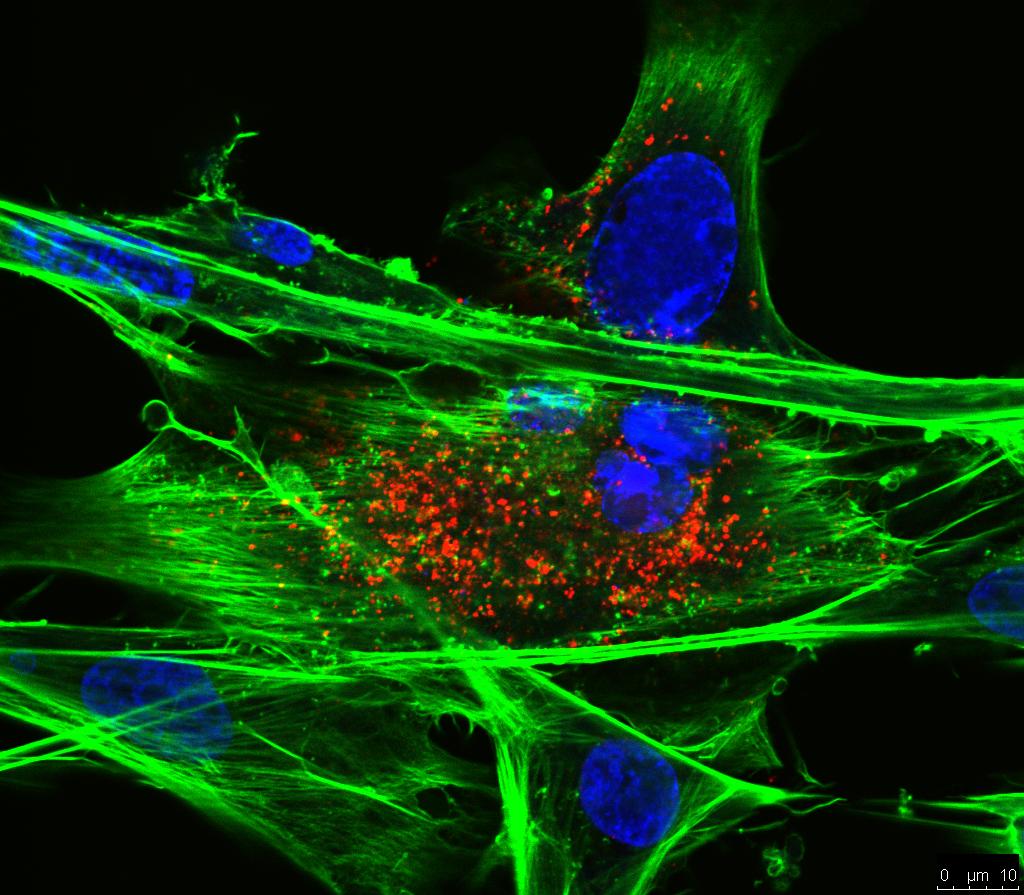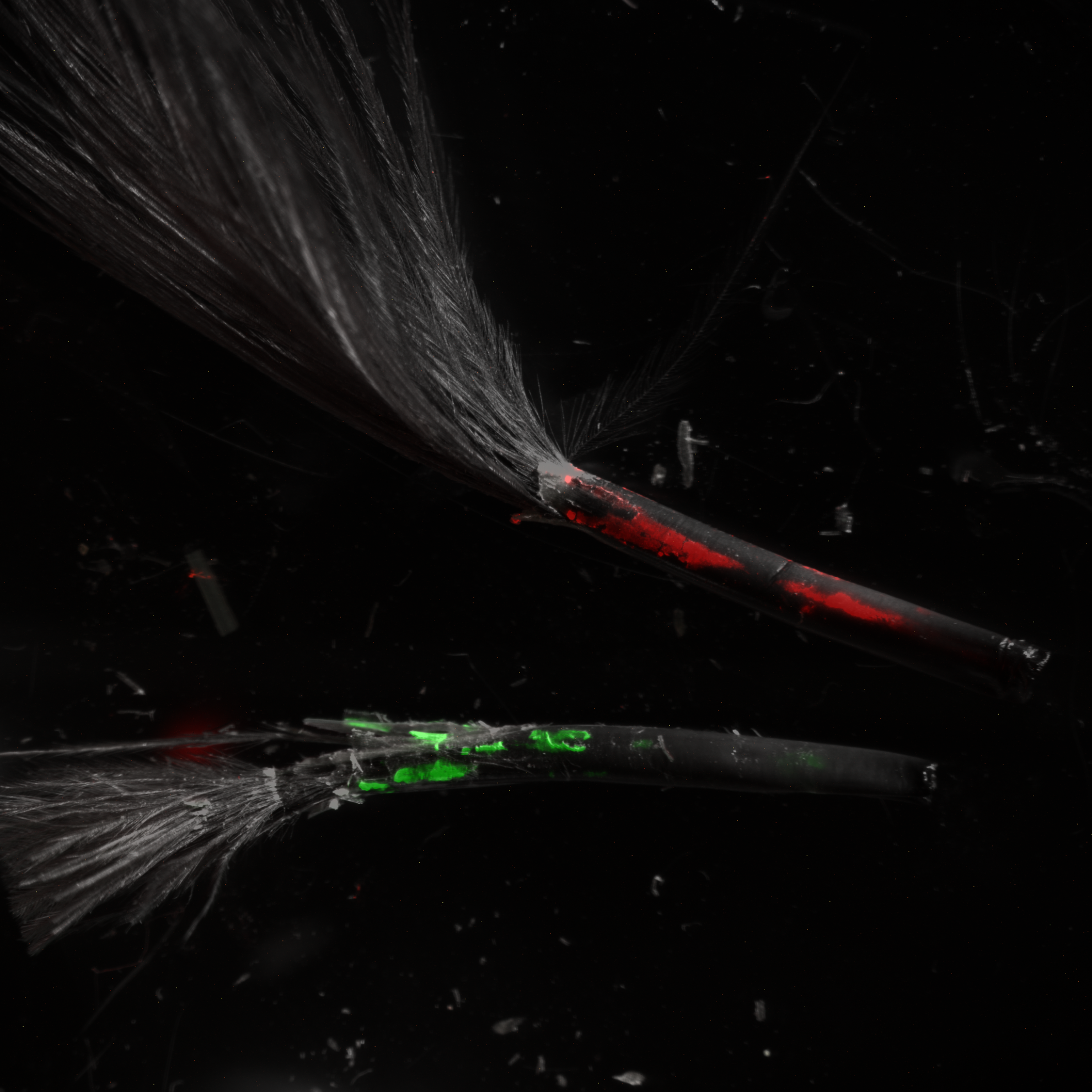Genotypic characterization of two bacterial artificial chromosome clones derived from a single DNA source of the very virulent gallid herpesvirus-2 strain C12/130
The identification of specific genetic changes associated with differences in the pathogenicity of Marek's disease virus strains (GaHV-2) has been a formidable task due to the large number of mutations in mixed-genotype populations within DNA preparations. Very virulent UK isolate C12/130 induces extensive lymphoid atrophy, neurological manifestations and early mortality in young birds. We have recently reported the construction of several independent full-length bacterial artificial chromosome (BAC) clones of C12/130 capable of generating fully infectious viruses with significant differences in their pathogenicity profiles. Two of these clones (vC12/130-10 and vC12/130-15), which showed differences in virulence relative to each other and to the parental strain, had similar replication kinetics both in vitro and in vivo in spite of the fact that vC12/130-15 was attenuated. To investigate the possible reasons for this, the nucleotide sequences of both clones were determined. Sequence analysis of the two genomes identified mutations within eight genes. A single 494 bp insertion was identified within the genome of the virulent vC12/130-10 clone. Seven non-synonymous substitutions distinguished virulent vC12/130-10 from that of attenuated vC12/130-15. By sequencing regions of parental DNA that differed between the two BAC clones, we confirmed that C12/130 does contain these mutations in varying proportions. Since the individual reconstituted BAC clones were functionally attenuated in vivo and derived from a single DNA source of phenotypically very virulent C12/130, this suggests that the C12/130 virus population exists as a collection of mixed genotypes.
Back to publications

